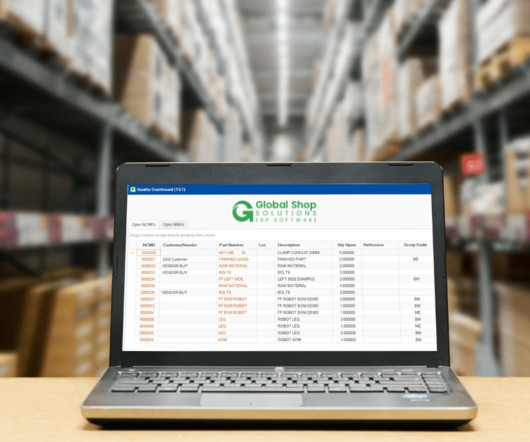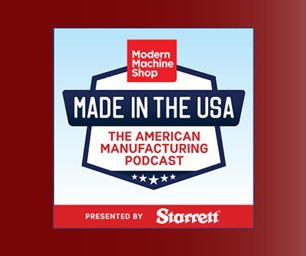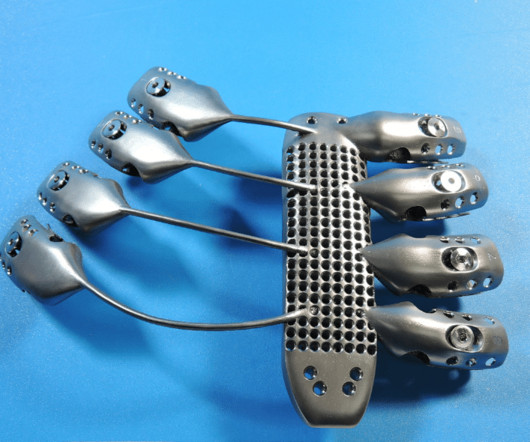10 Areas Manufacturers Might See an Impact from AI
Fabricating & Metal Work
APRIL 22, 2024
Demand Forecasting AI helps optimize production schedules, reduce lead times, and avoid stockouts by predicting product demand based on historical data, market trends, and customer behavior. AI-powered ERP helps control supply chain management by predicting supplier lead times, identifying bottlenecks, and optimizing logistics routes.











Let's personalize your content